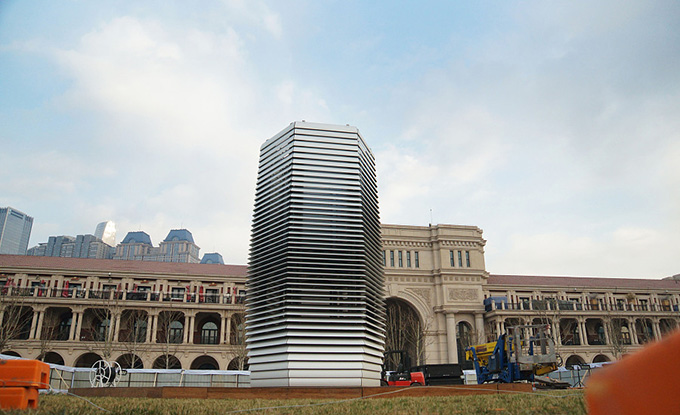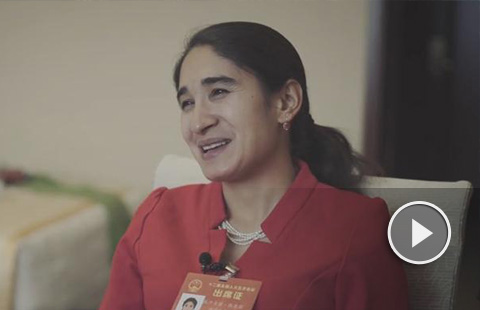Chinese scientists explore all-weather solar cells
A photovoltaic revolution is taking place with the emergence of all-weather solar cells, according to a Chinese scientist.
"Solar cell research is mainly focused on elevating photoelectric conversion efficiency upon direct sunlight until new light has been shed on persistent high-efficiency power generation in poor light conditions such as rain, fog, haze and night," said Tang Qunwei, a professor with Ocean University of China.
Tang's team and one led by Yang Peizhi, a professor with Yunnan Normal University, developed a solar cell using a crucial material called long persistent phosphor (LPP), which can store sunlight energy in the day and harvest it in darkness.
"Only partially visible light can be absorbed by light absorbers and then converted into electricity. But solar energy from unabsorbed visible and near-infrared light can be stored in LPP, releasing monochromatic visible light at night,' Tang said. "The released light is re-absorbed by light absorbers to convert it into electricity, realizing persistent power generation in the day and in the dark."
The work of Tang and Yang was recently published in an academic journal published by the American Chemistry Society, ACS Nano, and the publication Nano Energy.
Tang has published in Chemistry - A European Journal, where he wrote that the physical proof of all-weather solar cells would open the door for an upcoming photovoltaic revolution.
"All-weather solar cells could indicate that the global solar industry will bring down the cost of energy harvesting," Tang said.



















